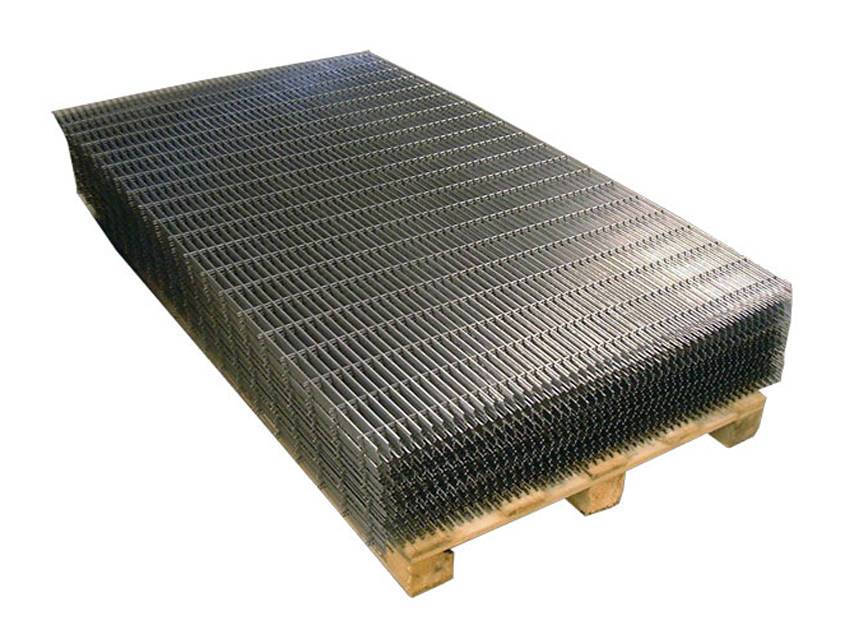
- Mobile Phone
- +8613931874955
- sales@cntcmetal.com
Understanding the Role of Expansion Joints and Brick Ties in Structural Integrity and Design
Understanding Expansion Joint Brick Ties Importance and Applications
Expansion joint brick ties are critical components in masonry construction, playing a vital role in maintaining the structural integrity and durability of brick walls. As temperature and moisture conditions fluctuate, materials expand and contract. This natural behavior can lead to cracks, misalignment, and eventually structural failure if not properly managed. Expansion joint brick ties serve as a solution to accommodate these movements while ensuring that the masonry remains secure and stable.
What Are Expansion Joint Brick Ties?
Expansion joint brick ties are metal fasteners used to connect bricks or masonry units to supporting structures, such as steel or concrete. Unlike conventional ties, which rigidly hold bricks in place, expansion joint ties are specifically designed to allow for movement inherent in the materials due to thermal and moisture changes. These ties are typically made from galvanized steel or stainless steel to resist corrosion, thus enhancing their longevity in various environmental conditions.
The Importance of Expansion Joints in Masonry
The introduction of expansion joints in masonry systems is essential for several reasons. First, it helps manage the stresses caused by temperature variations. When a brick wall heats up, the bricks expand; when it cools down, they contract. Without proper allowances, this movement can lead to cracks, aesthetic issues, or even catastrophic failures. Expansion joint brick ties mitigate these risks by providing flexibility within the structure.
Secondly, moisture plays a significant role in masonry durability. Water ingress can lead to freeze-thaw cycles, which expand and contract materials, potentially causing significant damage. By using expansion joint ties, builders can create pathways for moisture movement, reducing the risk of deterioration.
Design Considerations
expansion joint brick ties

When integrating expansion joint brick ties into a masonry project, several factors must be considered. The placement of expansion joints is crucial. They are typically installed at regular intervals, depending on the size of the wall, local climate conditions, and the type of brick used. As a general rule, expansion joints should be placed every 20 to 30 feet in long walls. In addition, corners, changes in the building's elevation, and intersections with other materials are also recommended locations for joints.
The spacing and size of the expansion tie itself are also significant. Manufacturers typically provide guidelines and spacing recommendations based on the type of masonry and local building codes. Proper installation is vital; ties should not be over-tightened or placed too rigidly to allow for necessary movement.
Benefits of Using Expansion Joint Brick Ties
The primary advantage of expansion joint brick ties is their ability to prolong the life of masonry structures. Properly installed ties facilitate movement while maintaining overall wall stability, helping to prevent the high costs associated with repairs and reinforcements in the future. Additionally, they support aesthetic appeal by minimizing visible cracking and misalignment, keeping walls looking pristine over time.
Furthermore, the incorporation of expansion joint ties into construction practices is often a requirement under various building codes, especially in areas prone to extreme weather conditions. Compliance with these regulations not only ensures safety and durability but also enhances the value of the property.
Conclusion
In summary, expansion joint brick ties play an indispensable role in modern masonry construction. They are essential for allowing the natural expansion and contraction of brick walls, ensuring that structures remain durable and aesthetically appealing. By understanding the essential functions and proper applications of these ties, builders can enhance the longevity and resilience of their masonry projects, ensuring they withstand the test of time and environmental changes.
share:
-
Your Source for Concrete Wall Ties and Masonry AccessoriesNewsJul.10,2025
-
Unlocking the Power of Iron Wire for Every ProjectNewsJul.10,2025
-
Explore Advanced Chain Wire and Stainless Steel Mesh FencingNewsJul.10,2025
-
Discover the Benefits of Annealed Wire ProductsNewsJul.10,2025
-
Discover China Stainless Steel Wire Mesh SolutionsNewsJul.10,2025
-
Build with Confidence Using High-Performance Masonry AccessoriesNewsJul.10,2025
-
Why Sacrificial Formwork Is Redefining Underground ConstructionNewsJun.06,2025



















